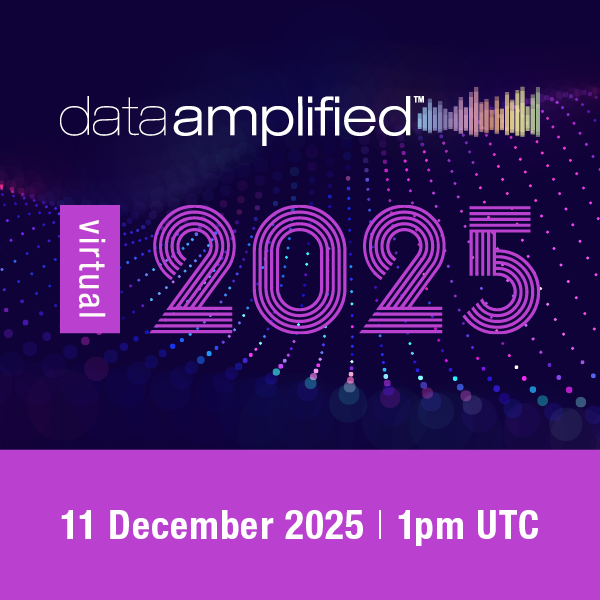
Accountings systems store transactional details in data stores called ledgers. These records, in turn, consolidate, eliminate and aggregate data up into reports. Generally this involves the loss of relevant supporting details. XBRL GL is the standard in the XBRL family that allows this information to be retained and controlled.
Summary reports lose their connection to supporting details.
XBRL is mostly used to allow the unambiguous transfer of aggregate performance information, from place to place and organisation to organisation. From company to regulator. From government agency to central government agency. From subsidiary to headquarters. From supplier to customer. All at a summary level, suitable for making many decisions.
Summary data is often all you need. But what if you want to drill down to the detail? XBRL Global Ledger or “XBRL GL” provides that capability.
Electronic accounting and ERP systems work at a transactional level by storing a range of information about each individual entry in a specialised ledger, which, in turn, is summarised into a general ledger.
The data in the general ledger are themselves summarised in order to provide reports. In doing so, especially if the information is moved from its originating system, much or all of the details of each original transaction become unavailable.
XBRL Global Ledger: the open standard for transactional reporting
To get around this problem, you need a standard way to capture, archive, transmit and aggregate all of the information contained in the original ledgers, as well as what’s in the general ledger, journal entries etc. You need a standardised way to store all of the operational data and data definitions contained in an accounting or ERP system. XBRL GL is designed to do just that. XBRL GL can:
- assist and automate audit review of accounting ledgers,
- facilitate data consolidation in a mixed (or heterogeneous) environment,
- provide detailed reporting in situations where that’s needed; and
- facilitate transfer of transactional accounting data from system to system.
XBRL GL (“Global Ledger” not “General Ledger” so as to indicate that any transactional information can be dealt with) provides a generic and system-independent way to record all of the details in any kind of ledger. XBRL GL allows those transactions to be aggregated or rolled up for a wide variety of reporting purposes, while retaining the ability to drill back down to the detail. Because the connections between counter-parties and products can be retained, XBRL GL can also be used to manage eliminations between related accounts.
The potential cost savings and enhanced knowledge that XBRL GL can provide are significant. While XBRL GL has been part of the XBRL standard for a long time, in many ways it is only coming into its own now that so called “big data” technologies that can aggregate very large quantities of disparate information have become available.
Find out more
- Download the XBRL GL Taxonomy Framework






